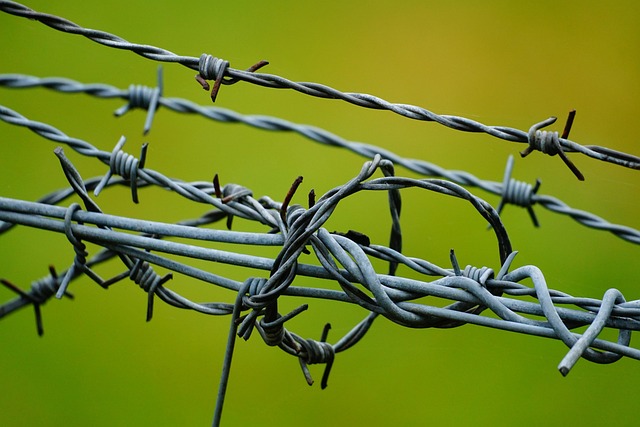Installing a fence is a rewarding DIY project that enhances your New Bedford, Massachusetts property’s curb appeal and security. This guide equips homeowners with the knowledge to navigate the diverse fencing options suitable for their space, from traditional wood to modern vinyl. By mastering measurement and planning, preparing the ground meticulously, following a detailed step-by-step assembly process, and securing finishing touches, you’ll create a durable and aesthetically pleasing barrier tailored to your unique property.
- Understanding Your Fence Options for New Bedford Properties
- Measuring and Planning Your Fence Layout Effectively
- Preparing the Ground: Essential Steps Before Installation
- Step-by-Step Guide to DIY Fence Assembly
- Securing and Finishing: Tips for Longevity and Aesthetics
Understanding Your Fence Options for New Bedford Properties
When it comes to fencing your New Bedford, Massachusetts property, there’s a wide array of options to consider. Homeowners in this area can choose from traditional wooden fences, sturdy chain-link varieties, or even modern vinyl alternatives. Each material offers unique benefits and aesthetic appeal. For instance, wood provides a classic look but requires regular maintenance; chain-link is cost-effective and durable, ideal for areas with strong winds; while vinyl stands out for its low-maintenance nature and wide range of colors and styles.
The choice also depends on your property’s layout and neighboring landscapes. Consider the privacy you desire—some fences offer complete seclusion, while others allow for a degree of visibility. Take into account local regulations and restrictions as well; New Bedford may have guidelines regarding fence height, materials, and placement, so ensure your project complies to avoid any legal issues.
Measuring and Planning Your Fence Layout Effectively
Before you start hammering away, take some time to measure and plan your fence layout effectively. Start by identifying the perimeter you want to enclose and mark it off with flags or chalk. This will give you a clear visual of the space you’re working with. Use measuring tape to take precise measurements, noting any unique features like trees, shrubs, or existing structures that could affect placement.
Create a simple sketch or use graph paper to plan the layout of your fence panels. Consider the height and style you desire, as well as where gates or entry points should be positioned. This planning stage will save you time and frustration later on, ensuring a more accurate and efficient installation process.
Preparing the Ground: Essential Steps Before Installation
Before installing your fence, preparing the ground is a crucial step that should not be overlooked. Start by clearing the area where the fence will be situated, removing any vegetation, rocks, or debris. This ensures a clean and level surface for construction. Next, survey the boundary of your property to accurately mark where the fence should begin and end, using stakes and string for guidance.
It’s also vital to assess the soil conditions. Different types of soil require different preparation methods. For instance, loose, rocky, or uneven terrain might need extra work like compacting the soil or installing a foundation to provide a solid base for your fence. Proper ground preparation not only ensures the longevity of your fence but also makes the installation process smoother and more efficient.
Step-by-Step Guide to DIY Fence Assembly
Before you begin your DIY fence installation, gather all necessary materials and tools, including your fence posts, panels, fasteners, concrete for the posts, a drill, hammer, level, measuring tape, and safety gear. Start by marking out the perimeter of your desired fence line using stakes and string to ensure a straight and consistent path. Next, dig holes for the fence posts, making sure they are deep enough to provide stability (typically around one-third of the post’s height). Place your posts in the holes and use a level to verify their vertical alignment. Fill the holes with concrete, allowing it to set completely. Once the concrete is cured, attach the fence panels to the posts using the appropriate fasteners, ensuring they are securely fastened. Double-check all connections for stability before enjoying your newly installed fence.
Securing and Finishing: Tips for Longevity and Aesthetics
After installing your fence, securing and finishing it properly is crucial to ensure longevity and maintain a visually appealing look. Start by double-checking all connections and fasteners are tight. Use high-quality screws or nails specifically designed for outdoor use to prevent rusting and loose parts. Consider sealing any wooden posts and rails with a water-repellent stain or finish to protect against moisture, which can lead to rot and decay. This step is especially important in New Bedford’s humid climate. Regular maintenance, such as cleaning and reapplying finish as needed, will also contribute to the fence’s longevity.
